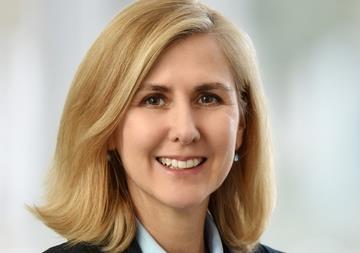SWITZERLAND - The pension fund of pharmaceuticals giant Novartis has become the latest Swiss scheme to introduce a pure defined contribution (DC) element.
Experts agree that the application of a net interest cost rate based on the discount rate - instead of the expected return on the pension assets - will lead to higher volatility under the revised IAS19 standard.
To mitigate this increase in volatility, Swiss companies are making use of provisions first introduced under the revised 2006 second-pillar regulations, which give higher earners more choice in their investments, but also essentially leave them with the whole of investment risk.
Novartis is the latest of those pension funds that have created a so-called '1e-plan', named after the paragraph in the BVV2 decree revising the law on the second pillar (BVG).
To introduce these pure DC elements, the company has to set up a separate Pensionskasse that is only open to higher earners, in order to ensure the minimum guarantees legally required for basic income levels under the BVG.
Last year, the company set up the 'Novartis 2' fund, with CHF376m (€305m) in assets, to complement the CHF11.8bn 'Novartis 1', which was switched from a defined benefit (DB) plan to a 'Swiss-style' DC plan - i.e. with at least the legally required minimum guarantees.
Within 'Novartis 2', members can choose various risk profiles for their investments, and the interest paid on their assets is completely dependent on the performance, which was 3.13% for 2011.
Novartis pointed out that, during the first year, 679 out of 4,121 members of the new fund actually made use of that choice.
On retirement, members of 'Novartis 2' receive the capital accumulated until that point in time, instead of a pension.
In a discussion at the Swiss pension fund conference 'Fachmesse 2. Säule', Markus Moser, managing director of the Novartis pension schemes, acknowledged that the strategy was "not in line" with the original intentions for which Pensionskassen had been set up, but rather was part of "a new trend boosted by IFRS reporting".
He said the '1e' provision proved that "flexibility and occupational pension provision were no contradictions".
In an article for the Swiss paper Finanz & Wirtschaft, Towers Watson managing director Peter Zanella noted that these new plans, beyond the minimum second pillar provision, did not count as liabilities under IAS19 rules, as all the risk was with the scheme member.
Further, there can never be an underfunding in these schemes, as no guarantees are given - apart from a minimal guarantee upon leaving the scheme, which might, however, be scraped in the near future, according to Zanella.
He argued that, for scheme members, the increase in choice and the greater transparency on the investments were positive.
Towers Watson expects half of all the Swiss listed companies to introduce such pure DC elements within the next five years.












No comments yet